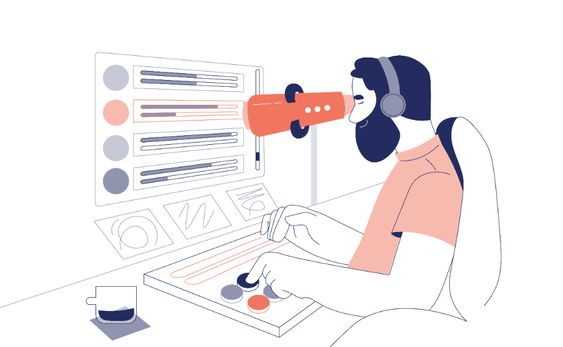After years in the design industry and literally hundreds (maybe thousands) of projects I’ve picked up on a few processes that make design more efficient. By understanding the generalized steps to the design process we can not only make better use of our (the designers) time but we can also help our clients understand where we’re going, why, and what to expect from their role in the design process as well.
For many designers it’s tough to articulate the process to a client, going from nothing to creating something – ideally that something aligns with the goal you’ve started with. The process here works for all aspects of design, UX/UI, Logo design, Environmental design, you name the discipline – this works. Let’s get into it!
As you may have guessed from the title our first step is research. Shut down Adobe, back away from the computer and let’s define what we’re trying to accomplish. For most people this means writing a brief. You need to make sure that you and the client are on the same page and working toward a common goal, even for short projects. In your brief it’s wise to define goals, timeline, budget, number of rounds/edits, etc… Obviously depending on the project you’ll need different questions answered but before you get started get some of these parameters agreed upon.
The next part of the research phase will be the actual design research. Moodboarding is a great way to build an archive of visual references. On top of that you may need to dig into a particular industry to learn more about the project, conduct interviews, talk to other members of your team (dev, copy, photography). Gaining a deep understanding of all the variables and factors involved in the project is key to building this foundation of knowledge and will help inform the next steps as we move through the process.
How deep you’re able to dive into the research phase will depend on budget and time. Trying to understand how much previous knowledge the client expects you to have with the project can help you estimate timeline and a price to charge. There’s a great book about the value of focused research and the role it plays in design called The Win Without Pitching. Every designer should check it out.
Okay, on to the fun part (and the next post) design…


